5 min read
A year after entering orbit around Saturn, the Cassini-Huygens team is looking back at a string of remarkable discoveries. Numerous discoveries have been made about Titan's surface and atmosphere, Saturn's magnificent rings, its amazing moons, dynamic magnetosphere, and the planet itself. The highlight of the mission so far is clearly the lifting of the veil on smog-covered Titan. The orbiter's remarkable instruments provided the first glimpses of the surface and the global picture of the hazy world. The Huygens probe touchdown provided a close-up look of a whole new world, much like our own.
What scientists expected to see and did not see is equally interesting. The scientists original ideas for Titan's surface included global oceans and lakes of liquid hydrocarbons. The Huygens probe was even designed to float briefly, since a liquid landing was deemed very likely. Small lakes may exist, but global oceans are just not there. This lack of large bodies of liquid may cause scientists to rethink the age and origin of Titan's atmosphere.
Spokes in Saturn's B ring, as seen by NASA's Voyager spacecraft, were also anticipated. To date, we have not seen spokes in geometries where they should have been seen if their associated dust clouds were present. This lack of spokes shows that important electrostatic or electrodynamic effects, like photoelectric charging of the rings, vary seasonally.
The next scheduled events include our closest flyby so far of the tiny moon, Enceladus, as Cassini flies within 175 kilometers (109 miles) of this world on July 14, 2005. Scientists will be looking for clues to the source of Saturn's E ring, which is supplied by material from Enceladus. Other exciting events include flybys of "six worlds in 80 days," including two flybys of Titan and one each of the moons Tethys, Hyperion, Dione and Rhea. During the October flyby of Titan we will obtain a radar swath over the Huygens landing site, which will help scientists put the rest of Titan in context with the portion studied in detail by the probe.
Some science discoveries and other highlights from our first year at Saturn include:
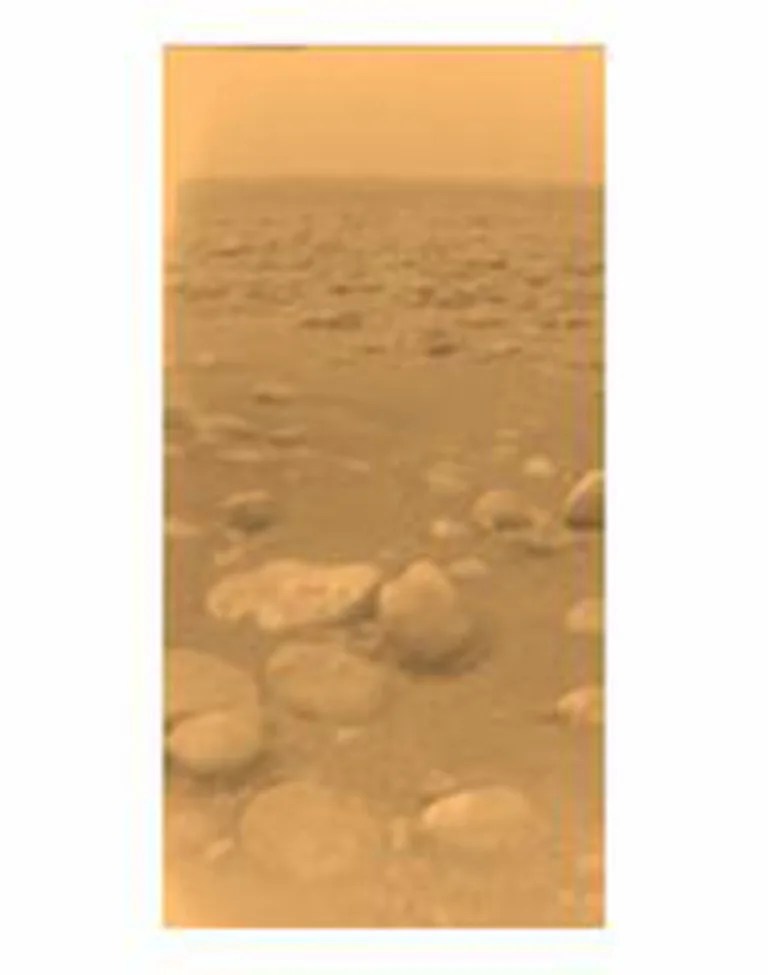
The Huygens probe showed that Titan's surface is remarkably Earth-like, complete with evidence for methane rain, erosion, stream-like drainage channels, and dry lake beds. The Cassini orbiter provided the first detailed global view of Titan's surface, including possible volcanoes, rain clouds, flow features, lakes, craters, and vast dune fields, as well as other puzzling terrain. A soup of complex hydrocarbons, including benzene, has been detected in Titan's atmosphere.
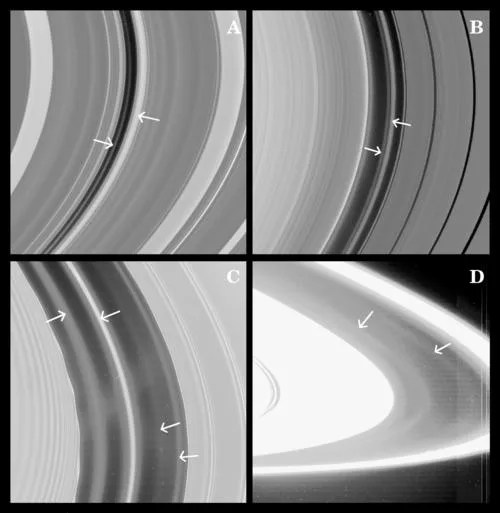
The Cassini cameras took the highest resolution images ever of Saturn's rings, and Cassini fields and particles instruments measured the in situ ring environment as the spacecraft skimmed above Saturn's rings just after Saturn orbit insertion. Discoveries included straw-like clumps several kilometers long in the A ring, an oxygen atmosphere just above the rings, signatures of marble-sized meteoroids impacting the rings, and evidence for slowly rotating ring particles.
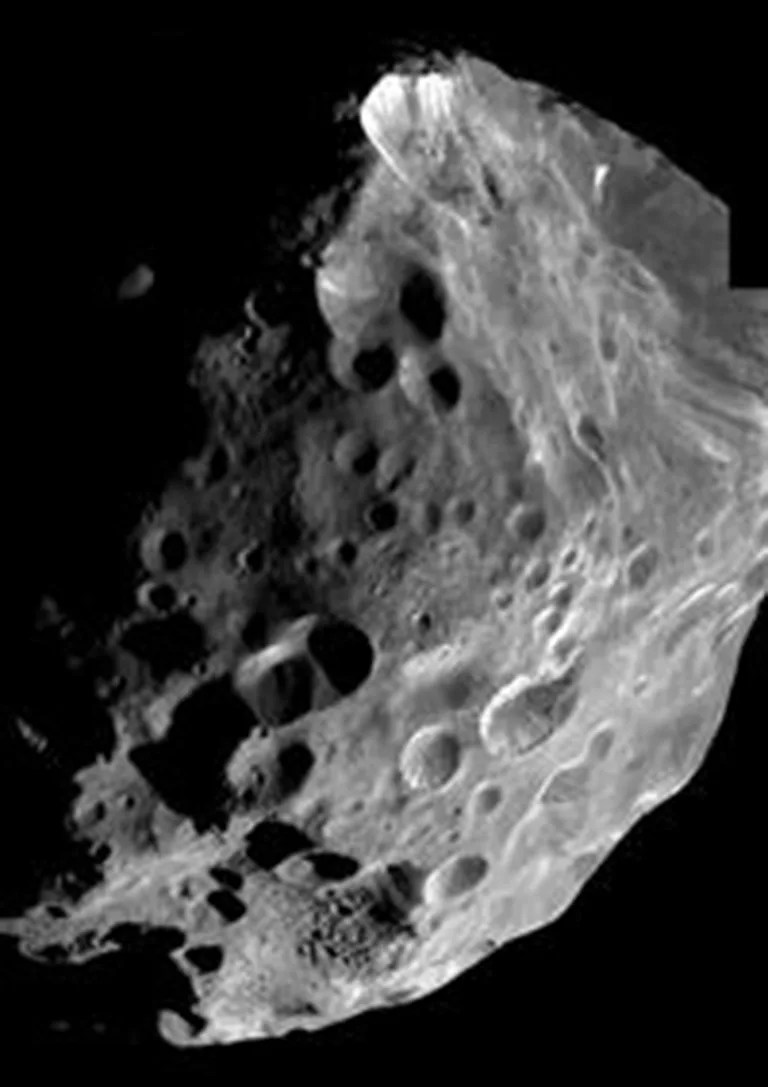
Phoebe is a crater-scarred moon, with large landslides revealing bright water ice on crater walls and patchy clustering of silicate and organic material. The volatile ices tell scientists that Phoebe must have formed in the outer solar system and then was captured by Saturn's gravity - a survivor of objects much older than Saturn itself.
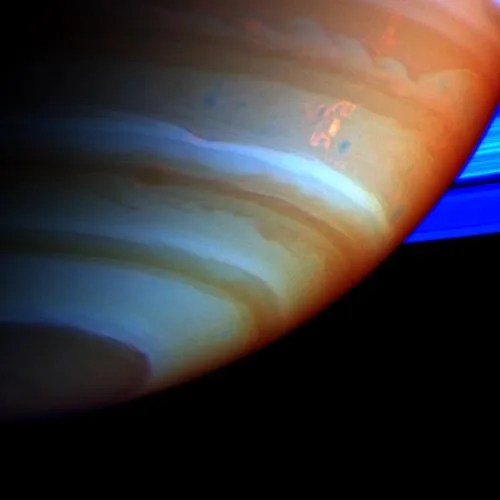
The entire northern hemisphere of Saturn has a completely new look since the Voyager encounters. It now appears deep blue, much like the deep, clear atmospheres of Uranus and Neptune. The shadow of the rings on the northern hemisphere probably cools it down, so the tan clouds sink to depths where they are no longer visible. Nothing like this had ever been suspected from previous observations. Powerful lightning storms - ten thousand times stronger than on Earth - occur in huge, deep thunderstorm columns nearly as large as the entire Earth. The storms occasionally boil up to the visible surface.
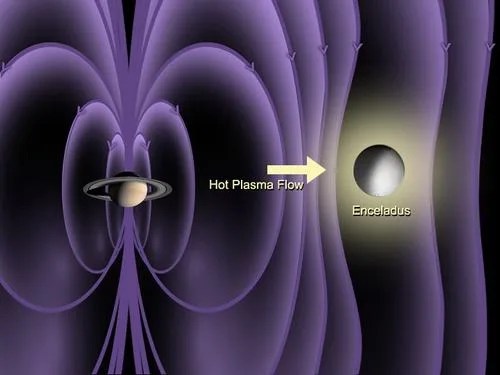
Tiny Enceladus seems to have a tenuous atmosphere, discovered in magnetic field data, that may imply internal activity. It may help explain the source and variability of Saturn's E ring.
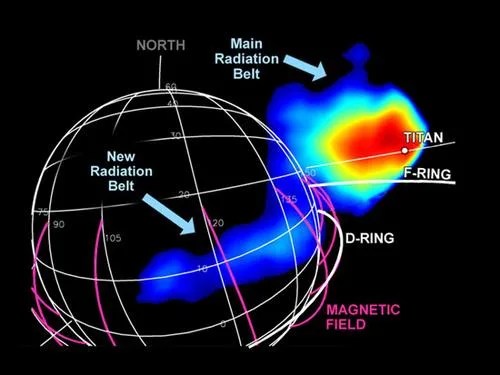
A new and completely unexpected radiation belt was discovered around Saturn between the inner edge of the D ring and the top of Saturn's atmosphere.
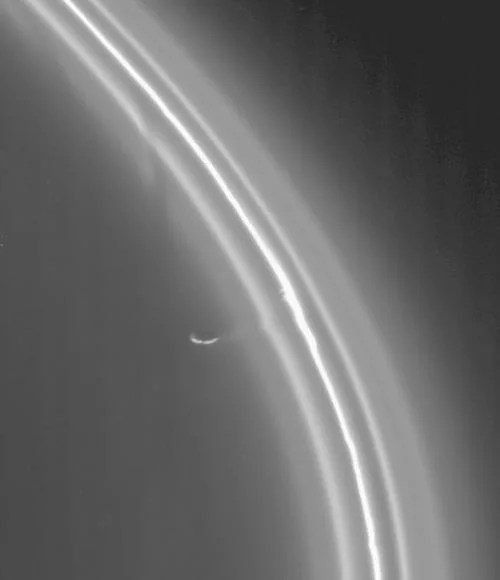
Saturn's F ring continues to change. A nearby moon, Prometheus, was imaged stealing particles from the ring's strands. A new moon was discovered lying in, and causing, the Keeler Gap. A number of objects have been found (and lost) in the F ring region, which may be transient clumps of debris. Clumpy ringlets in the Encke Gap also evolve as they interact with Pan, the Encke moonlet, and probably other local objects.
Measurements of Saturn kilometric radiation, used by Voyager and Cassini to determine an internal rotation rate for Saturn, show that Saturn's rotation rate today appears to be six minutes slower than the rate measured by Voyager. This implies that the Saturn kilometric radiation might be only loosely coupled to the deep rotation rate, leaving scientists uncertain as to just what it is.
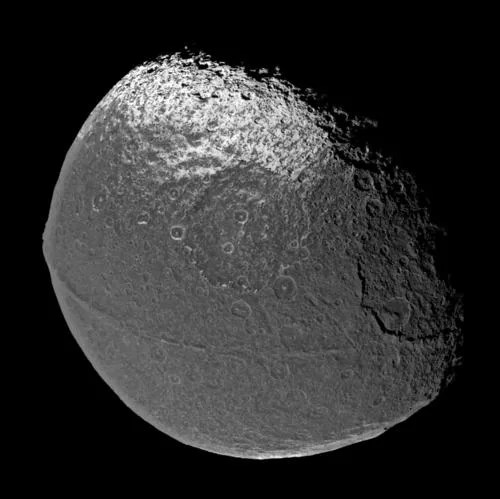
Iapetus, the two-faced moon has an equatorial mountain range on the dark side, that is 20 kilometers (12 miles) high in some places, more than twice the height of Mt. Everest.
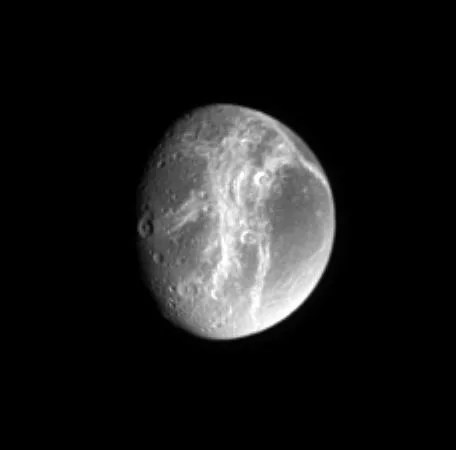
Dione's mysterious wispy terrain is revealed to be tectonic fractures.







